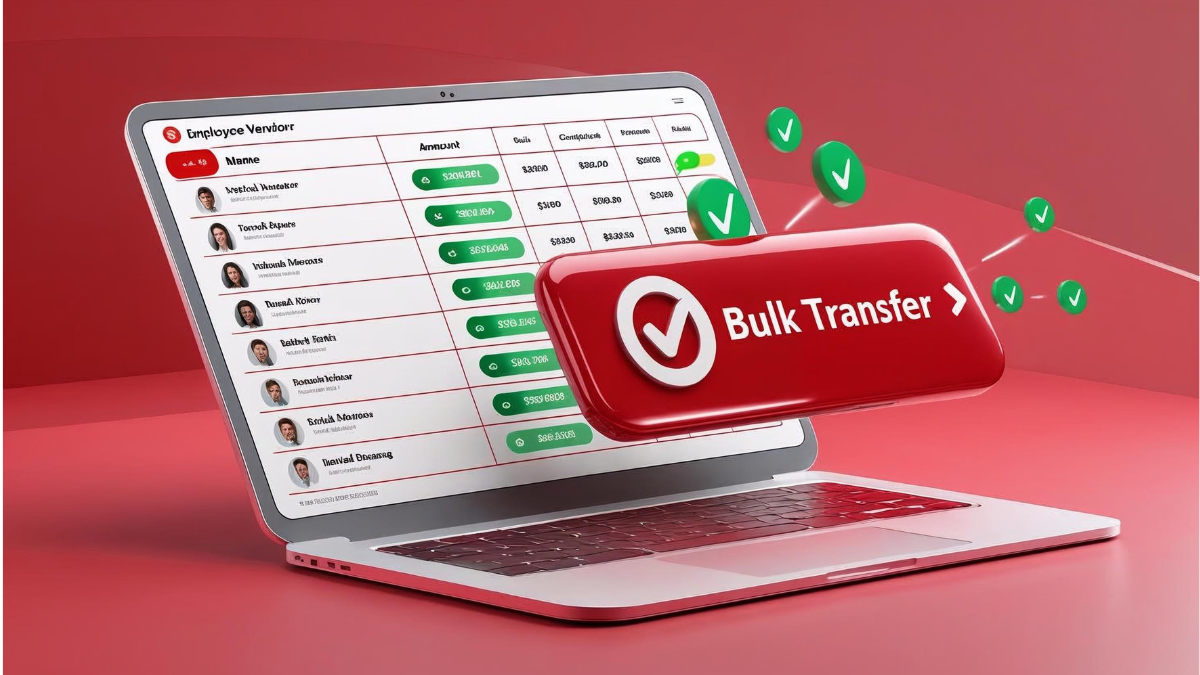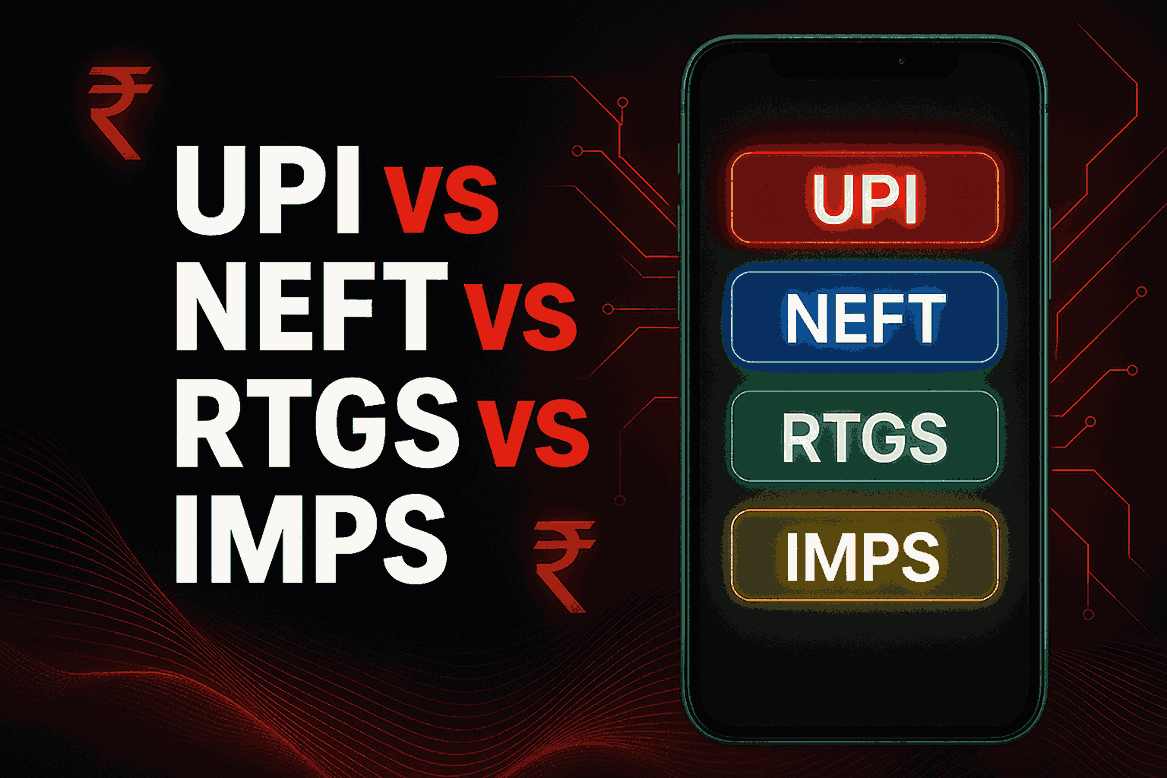What are Bulk Payments? - Benefits And How Does it Work?

With bulk payments, one is able to make several payments simultaneously to different individuals or accounts. It makes the whole process easy and saves time; it is accurate because the bulk transfer of funds is automated. A good feature of this feature is making efficient vendor payments, employee salaries, or paying off partners.
Table of Contents:
What are Bulk Payments?
The Benefits of Using Bulk Payments for Businesses
How can you make bulk payments?
Types of Bulk Payments
Example of bulk payment
What are Bulk Payments?
A bulk payment is the process of bringing together various payments to be given to different payees in a single transaction. The efficient process ensures that companies pay their transactions faster and minimize the chances of making errors. Through the capability to make several debit payments from one account to a list of payees, bulk payments are especially suitable for businesses that make large volumes of frequent transactions.
The Benefits of Using Bulk Payments for Businesses:
Most businesses processing thousands of transactions require bulk payments, and with them come a number of key benefits to businesses. These include:
1. Time efficiency
Automated processing: In this method, businesses avoid wasting a lot of time that they could have used when handling every single payment. They process many transactions in one step.
Speedy payment processing: The speed at which payment is processed also increases in this method. Many modern payment systems allow instant processing or take lesser time than others.
2. Cost Benefits
Reduced Transaction Costs: In most cases, making bulk payments can bring about lower processing fees from the payment processors compared to when paying alone.
Reduced Administrative Work: Automating bulk payments reduces efforts, paperwork, and administrative costs connected with processing individual payments.
3. Enhanced Cash Flow Management
Predictable Outflows: Through regular and predictable payments, a firm is better positioned to plan and budget.
Cash Flow Optimization: Timely payments ensure that a business has good cash flow management and avoids unnecessary delays or shortages.
4. Increased Accuracy
Less Human Error: Automation of mass payments reduces the possibility of errors that are bound to occur from processing hundreds of payments by human beings.
Reconciliation Simplified: Fewer transactions to reconcile help a firm streamline reconciliation and achieve more accurate records.
5. Improved Vendor Relationship
Consistency in Payments: Bulk payments ensure that the vendors and suppliers receive payments consistently and on time, thus establishing trust and long-term relationships.
Fewer Disputes: With fewer errors, there are fewer disputes over payments, and supplier relationships are smoother.
6. Scalability
Best for Growing Businesses: Bulk payments are scalable and suitable for businesses with increasing transaction volumes as they expand.
7. Regulatory Compliance
Streamlined Reporting: Most bulk payment systems come with reporting and compliance tools that enable businesses to be compliant with the financial regulations.
8. Better Financial Insights
Better Data Management: Bulk payment solutions often come with detailed reporting and analytics, giving businesses valuable insights into payment trends, expenses, and financial performance.
How can you make bulk payments?
To make bulk payments efficiently, you can follow these steps
1. Select a Payment Gateway: Select a payment gateway that supports bulk payments, such as banking platforms, payment gateways, or financial services. Examples include:
Banking Platforms: Business banking solutions like SprintNXT.
Payment Processors: Stripe, PayPal, Wise (formerly TransferWise), or QuickBooks.
ERP Systems: Tools like Xero, NetSuite, or SAP for automated bulk payments.
2. Prepare the Payment Data: Collect the required payment information, including:
Payee names.
Bank account numbers.
Payment amounts.
Payment dates or due dates.
Format the data into a structured file (for example, CSV, Excel) or use API integrations.
3. Format the Payment Information: Arrange your payment information so that it is comprehensive. It could be:
Names of payees.
Bank account details.
Amounts paid and reference numbers of the transactions.
4. Upload the Payment File: Most services will enable you to upload payment information through either:
File Upload: CSV or Excel files.
API Integration: Automated uploads through your accounting or payment management system.
5. Review and Confirm Payments: Review the payment details carefully before proceeding:
Check payee names and bank account numbers.
Check payment amounts and due dates.
Ensure everything matches correctly.
6. Schedule the Payments: You can either:
Immediate Payment: Make the payments instantly.
Scheduled Payments: Set future dates for the payments to be processed.
7. Authorize the Payment Submission: Authorize the bulk payments through:
Multi-Factor Authentication (MFA).
OTP (One-Time Password) for security purposes.
8. Submit the Payments
Once authorized, submit the payments to be processed by the system.
9. Payment Confirmation
Following submission, you'll receive payment processing confirmation, which can come via email or system alerts.
10. Tracking Payments: Monitor your payments on the payment platform
Status updates: Determine whether the payments are successful or face an error
Reconciliation: Confirm payments against your records
11. Generate Compliance and Reporting: Make use of reporting capabilities of the platform to ensure
Compliance reports: that all payments comply with the financial laws and regulations.
Maintain records for transparency and accounting purposes, including audit trails.
Types of Bulk Payments
Bank Transfers: A payor can make bulk payments through online banking portals, or they can request a wire transfer from their bank. It would best suit companies mainly dealing with domestic transactions.
Electronic Fund Transfers (EFT): Others include EFT tools such as NEFT, RTGS, and IMPS, which enable the electronic transfer of funds between banks. These instruments are pretty much used for bulk payments within India, thereby offering fast, secure, and smooth transactions.
Payroll Systems: An automated payroll system allows the handling of employees' salary disbursement in a smooth manner. These frequently contain the functionality to process multiple salary payments at one time.
Vendor/Supplier Payments: These help business firms make bulk payments on thousands of vendor invoices very efficiently. It further saves time, and proper records are maintained at the same time when vendor payments are consolidated in one transaction.
Example of bulk payment.
Bulk payments are highly common in most business situations. Here are a few examples:
Salary Payment: Companies can use mass payment systems in order to deliver salaries to bank accounts of its employees on monthly or bi-weekly basis quite efficiently.
Vendor Payments: Where businesses are required to pay many suppliers or vendors at one time, it becomes important that the Bulk Vendor Payments help clear those settlements in time.
Conclusion:
Bulk payments are quite easy and convenient for companies when considering streamlining financial functions. Paying employees, suppliers, or repeating bills, as a whole, saves time and reduces the workload while enhancing precision. Companies optimize cash flow and strengthen relationships with vendors while avoiding late payments using secure transaction-based platforms. Using bulk payment solutions helps simplify your financial processes, making it easier to manage payments, scale your operations, minimize errors, and maintain smoother workflows.
FAQs- Bulk Payment
What does bulk payment mean?
A bulk payment is making multiple payments to different recipients at once, simplifying the process and saving time.
How to do bulk payments?
To make bulk payments, choose a payment platform, prepare your payment data, upload it, review for accuracy, schedule or submit, authorize, and track until confirmation.
What is the difference between batch payment and bulk payment?
Batch payments group multiple transactions together for scheduled processing, often for recurring payments. Bulk payments, on the other hand, involve making a large number of payments to different recipients simultaneously, regardless of timing.
What is bulk payment with STP?
Bulk payment with STP automates the payment process, from data input to execution, ensuring fast, accurate, and efficient transactions.
What is a bulk faster payment?
A bulk faster payment is the quick processing of multiple payments to different recipients, ensuring speedy transfers and minimizing delays.
What is the difference between bulk billing?
Bulk refers to large quantities handled together, while wholesale is selling goods in large quantities for resale.




















